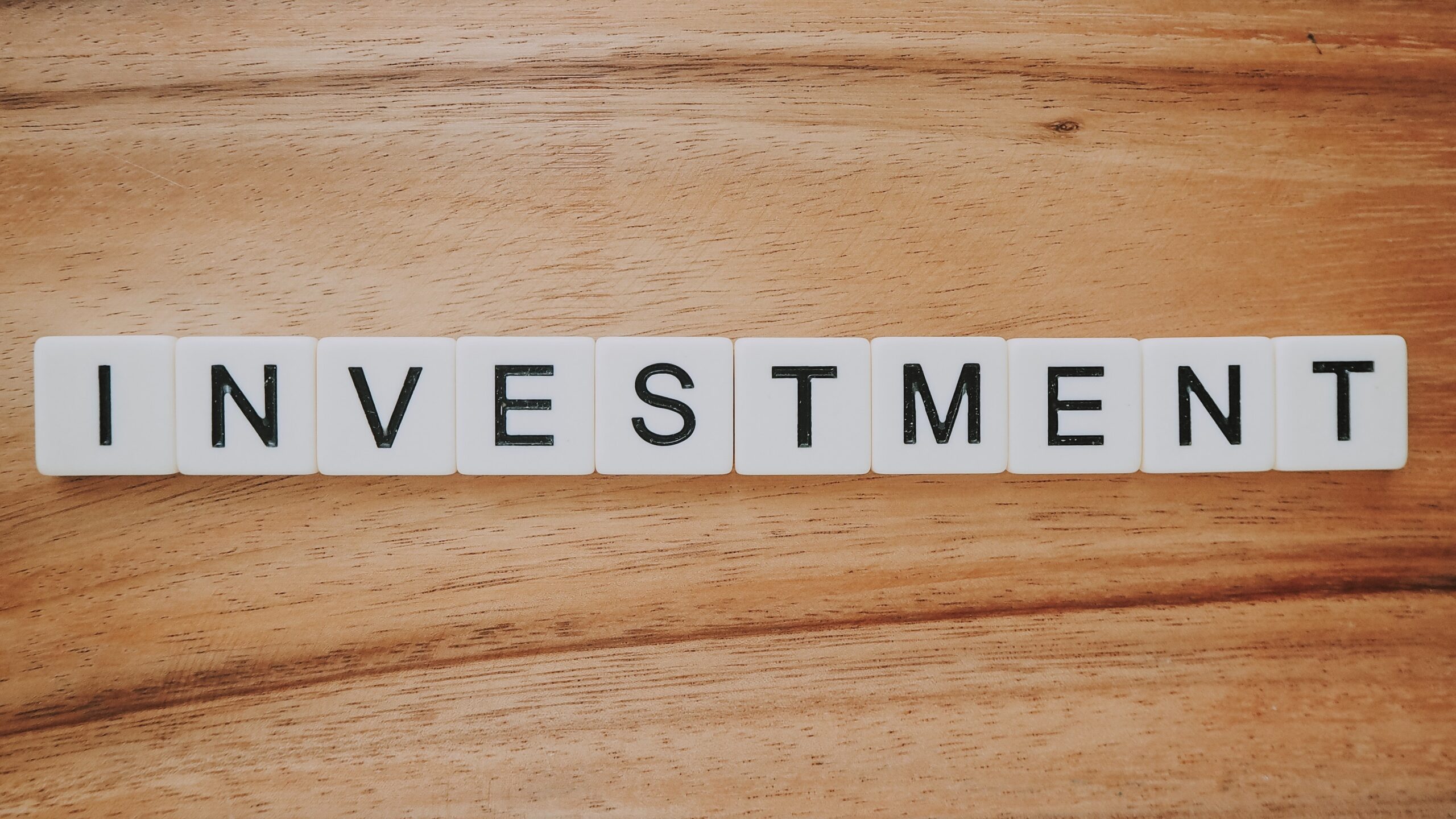Countries must invest in and build clean and resilient infrastructure for the world to address the climate crisis and develop equitably. National goals to transform energy use and deploy low-carbon solutions across sectors require investment in projects at the local level. Governments are struggling to source and subsequently deploy sufficient levels of funding for high-priority, low carbon solutions, despite the knowledge that capital sources are themselves hungry for climate-smart investments
Between 2016 and 2050, supply-side energy generation alone will require USD 1.6–USD 3.8 trillion in investment annually, substantially more than the USD 546 billion that was deployed in 2018. This necessitates the need for new pools of capital from pension and sovereign wealth funds, commercial and investment banks to successfully fund the low-carbon transition. Private capital will need to make up the lion’s share of investment, requiring that public investments be more efficient in mobilizing much larger amounts of private capital.
Given the importance of domestic climate finance and the broader need to scale up all low-carbon investment flows, governments need to provide the right policy framework to increase both domestic and international private investment in their domestic low carbon resilient infrastructure and they can do this through the establishing institutions like Green Investment Banks (GIB) that address investment barriers through innovative interventions.
According to State of Green Banks 2020 report, a green bank is a specialized financing institution, or a separately managed facility, that acts as the focal point for scaling up domestic investment in climate solutions. A green bank attracts investment to projects that help implement NDCs and achieve Sustainable Development Goals (SDGs) by creating financial products to address market barriers. Importantly, green banks work alongside policymakers to create the market conditions that will scale up climate solutions and enable multiple co-benefit including job creation, pollution reduction and energy access.
GIBs invest in infrastructure that promotes low carbon resilience using various financial instruments such as senior and subordinate loans, bond-based financing, and equity. Although GIBs may have different names, areas of focus, and approaches, they share similar essential features, including a focused mission of encouraging private investment in green projects, the autonomy to design and execute interventions, and a priority on cost-effectiveness and performance reporting.
Green banks have the potential to fulfill various essential roles in helping a country achieve its targets for both NDC and SDG. Firstly, they can collaborate with climate finance institutions and other providers of development finance to invest in low-carbon and climate-resilient projects as a local partner. Secondly, they can increase the feasibility of such projects by creating financial products that reduce the investor risk in the early stages of low-carbon and climate-resilient sectors. Thirdly, they can encourage project developers and investors to adopt impact metrics to measure progress towards national climate and sustainability targets. Fourthly, they can demonstrate the economic and technical feasibility of new technologies to investors as well as educate and enhance the financial sector’s understanding and capacity. Lastly, the banks can support policymakers in creating more supportive environments for low-carbon and climate-resilient projects.
Because international flows of private investment will need to grow significantly to meet global low carbon resilience investment needs, domestic policies also need to avoid imposing harmful barriers to international investment. In countries with less-developed financial markets, public climate finance can play a particularly important role in scaling up private climate finance.
Green Banks have proven successful at driving clean energy investment and there are an increasing number of Green Banks and similar entities in development around the world. Collectively these institutions have financed billions of dollars of low-carbon projects with innovative financing structures, leveraging multiple private dollars per public dollar of financing. To date, the founding members of the Green Bank Network have leveraged USD 24 billion in public capital to finance more than USD70 billion in clean projects as of 2020.
Green banks are funded through public sources and serve as intermediaries between private investors and public interest in sustainable development and clean energy. Green banks aim to attract private investment in low-carbon infrastructure projects with limited public capital. Governments tailor their Green Investment Banks (GIBs) to their national and local contexts, leading to diverse motives and objectives.
To determine whether a new institution or an existing one needs to be adapted to finance NDCs and SDGs, it’s essential to understand the current institutional landscape and financing barriers in the country. Based on the preferred model and the specific market obstacles, the institutional design can be tailored. Green banks can serve as the central point for green finance projects in a region by partnering with various co-investors like national and multilateral development banks, commercial banks, and institutional investors, facilitating them to invest in green projects. Green banks possess specialized staff expertise, robust governance principles, and the ability to transform public policies into investment opportunities, making them the focus of low-carbon investments in a country.
When there is sufficient institutional and political support, utilizing existing institutions may be a more suitable approach to attract private investment in domestic green infrastructure, rather than creating new ones. Several countries possess National Development Banks (NDBs) or public investment, infrastructure, or industrial development banks, which are inclined towards domestic investment. Though some NDBs may not prioritize mobilizing green investment, certain institutions such as the International Development Finance Club (IDFC), comprising 24 development banks, have been providing funding for low-carbon projects for several years. As a group, the IDFC has allocated USD 670 billion for green financing between 2015 and 2018, demonstrating their commitment towards a sustainable future while also reducing poverty.
Author: Victor O. Nyakinda


